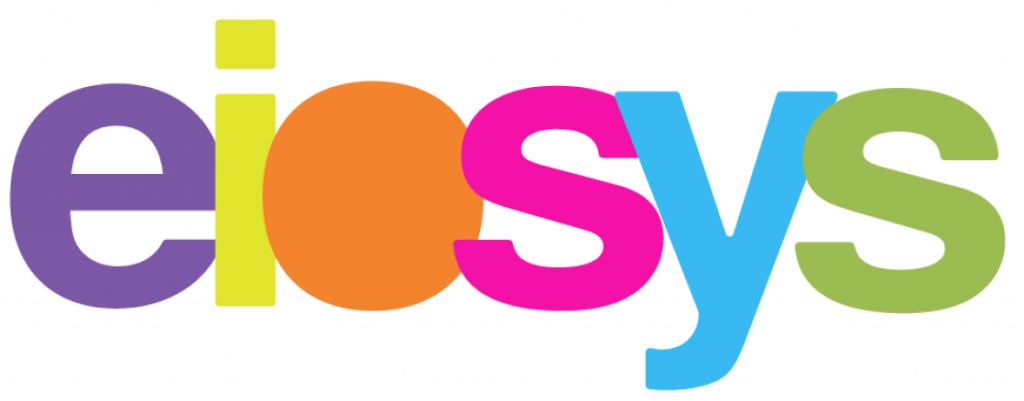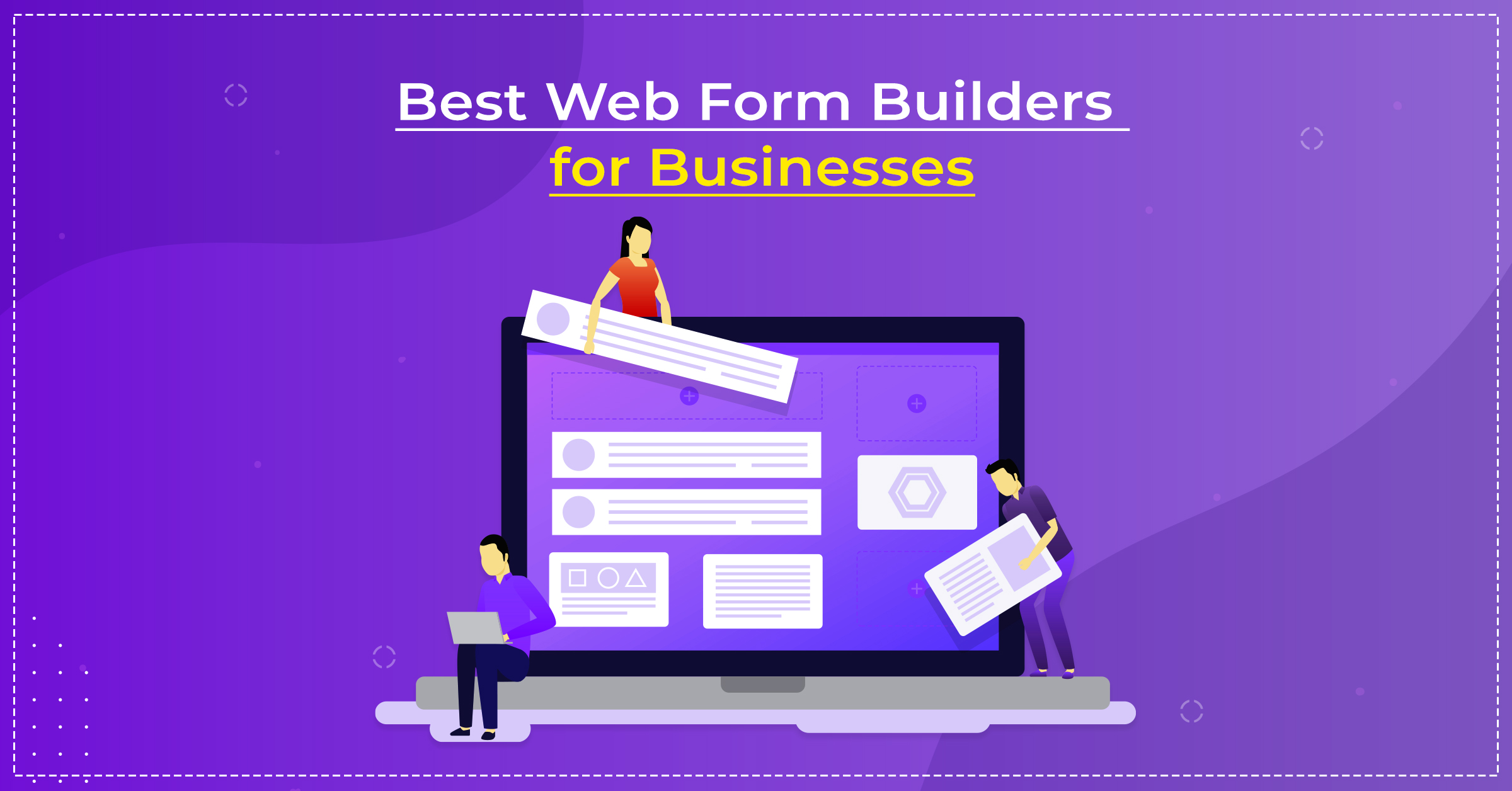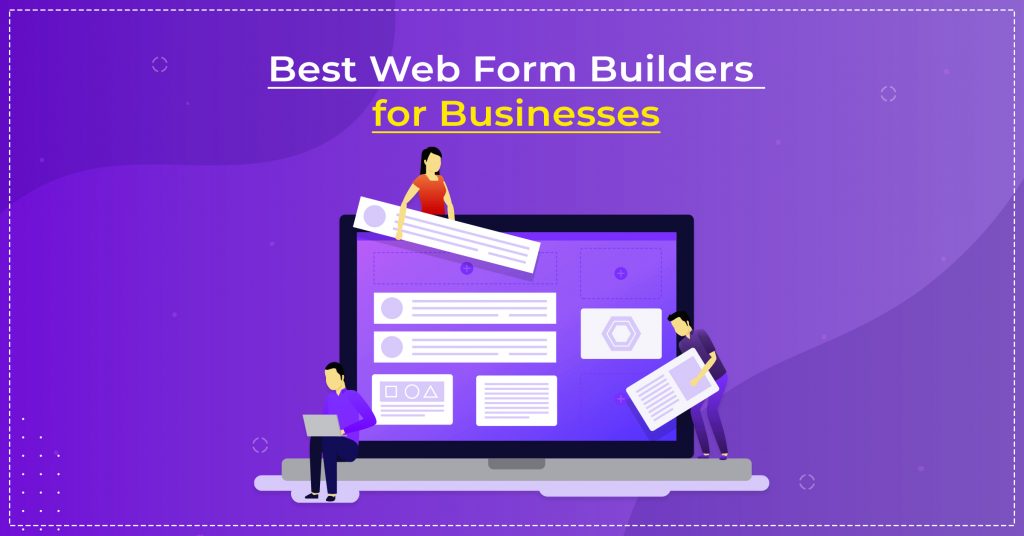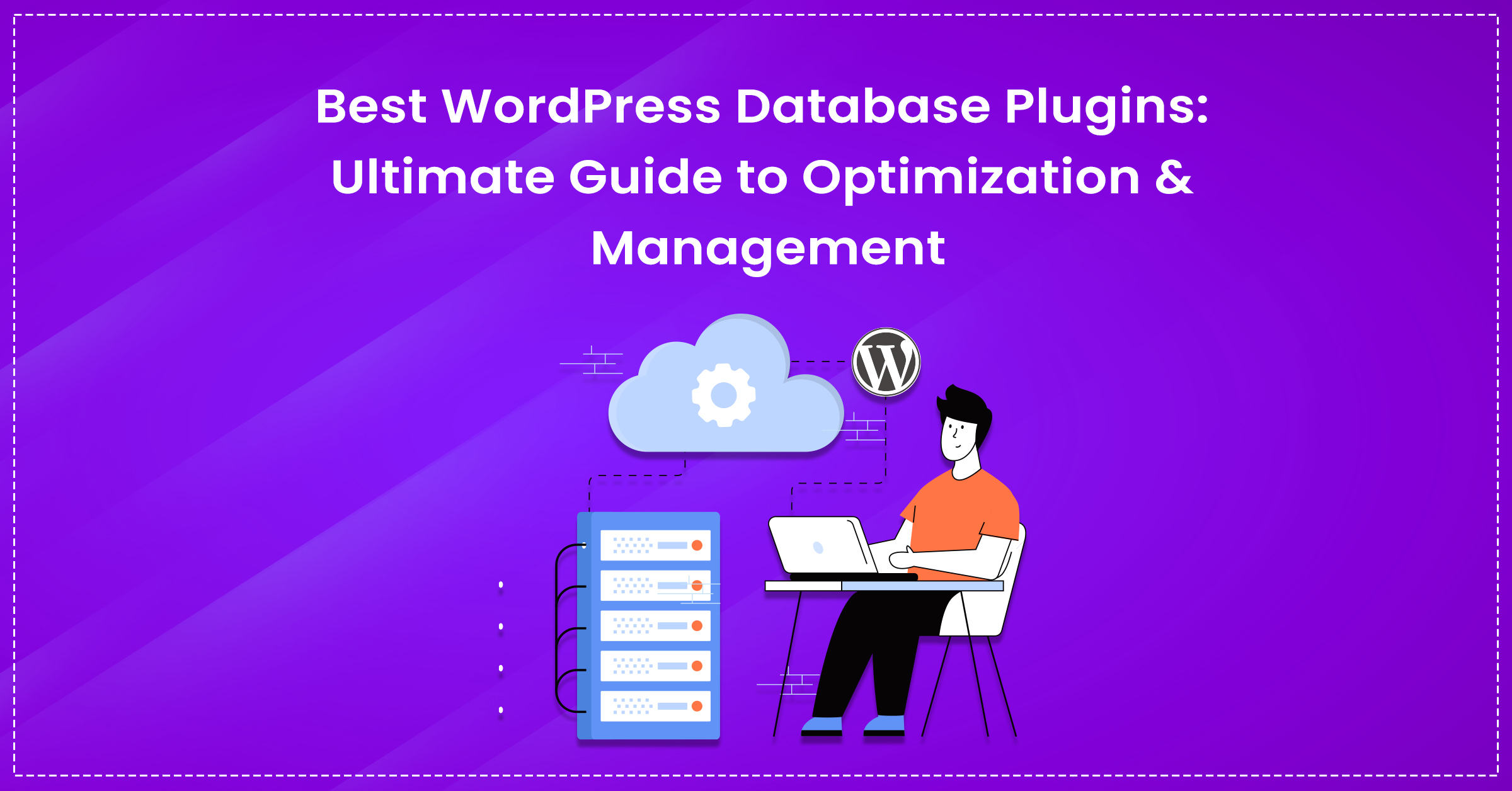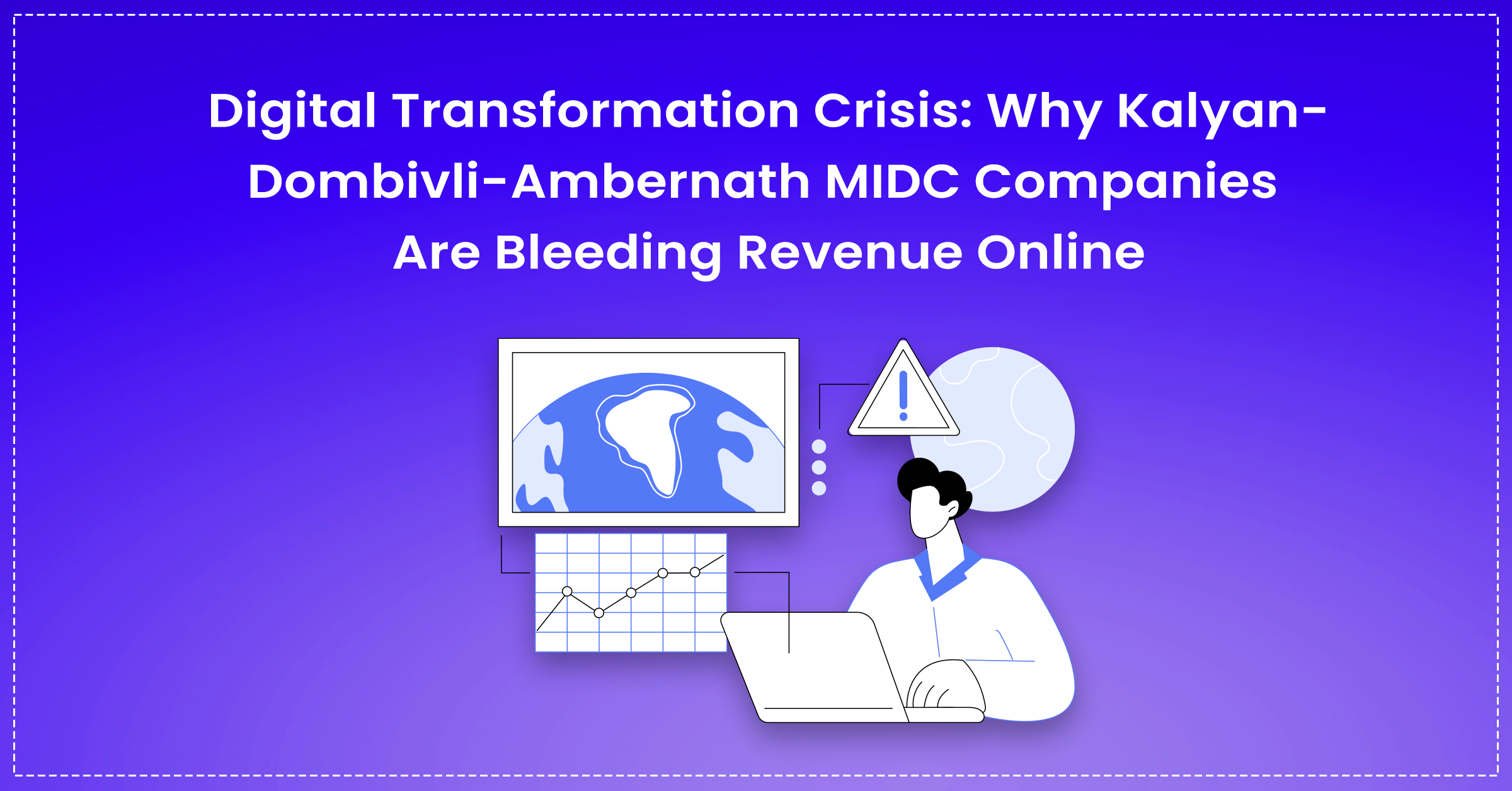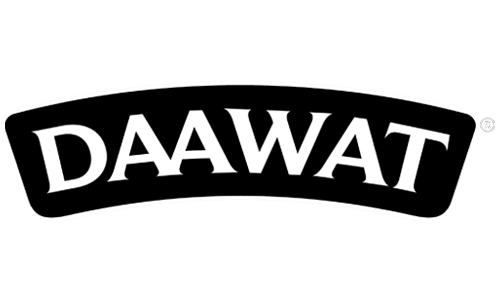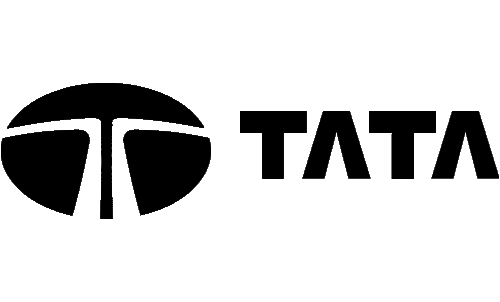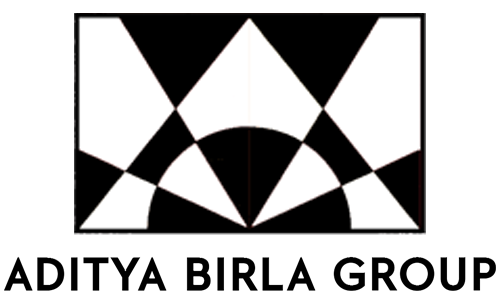Let’s find the best Web Form Builders for Businesses in this blog.
Having an efficient and user-friendly web form builder is crucial for businesses. Web forms streamline data collection, enhance customer engagement, and simplify administrative tasks. Whether capturing leads, gathering feedback, or processing orders, the right web form builder can make a significant difference.
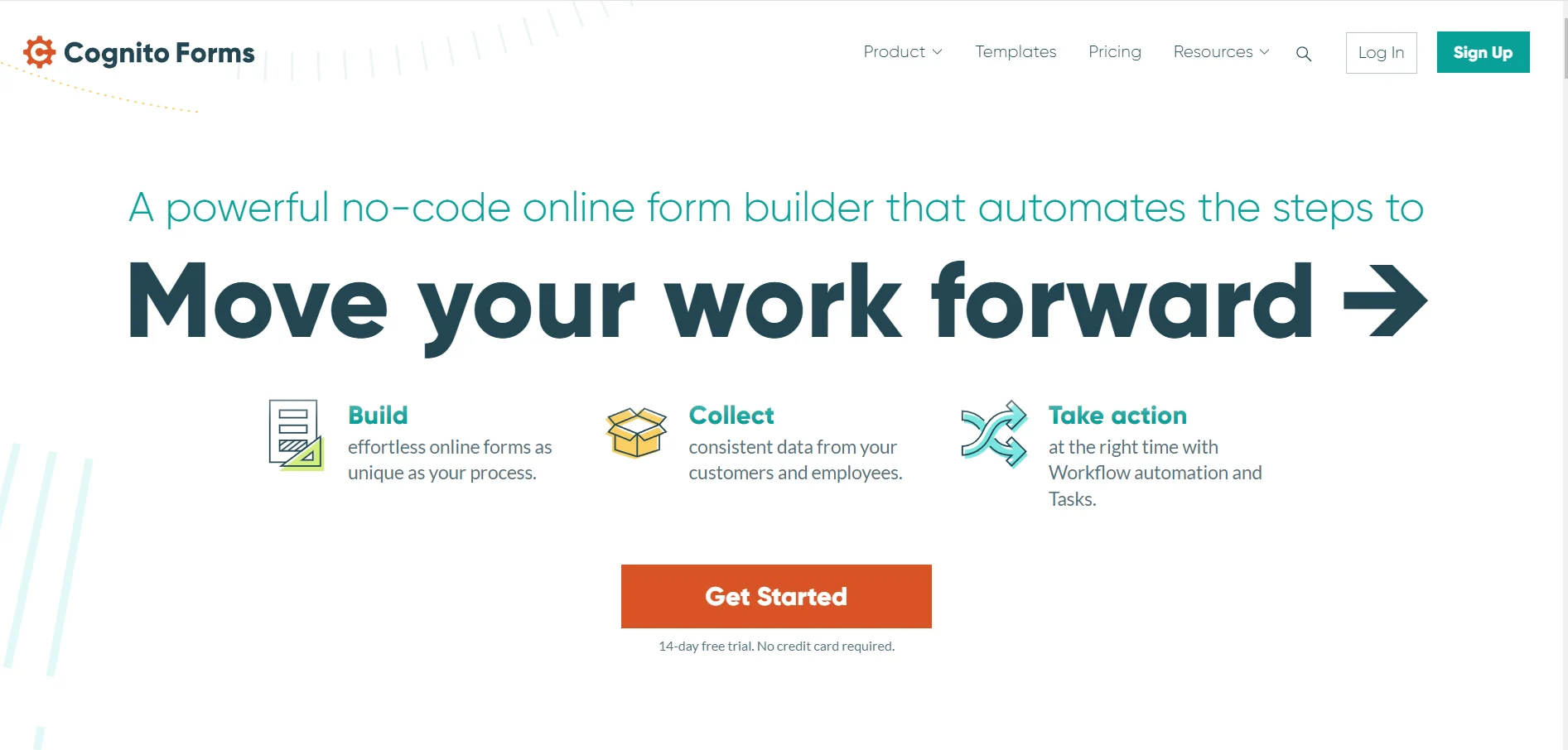
Cognito Forms is known for its various features and user-friendly interface. It offers strong data encryption which makes sure that your data remains secure.
There’s no limit to creating forms and offers a variety of templates. The key features include payment integration, conditional logic and seamless data export of Excel.
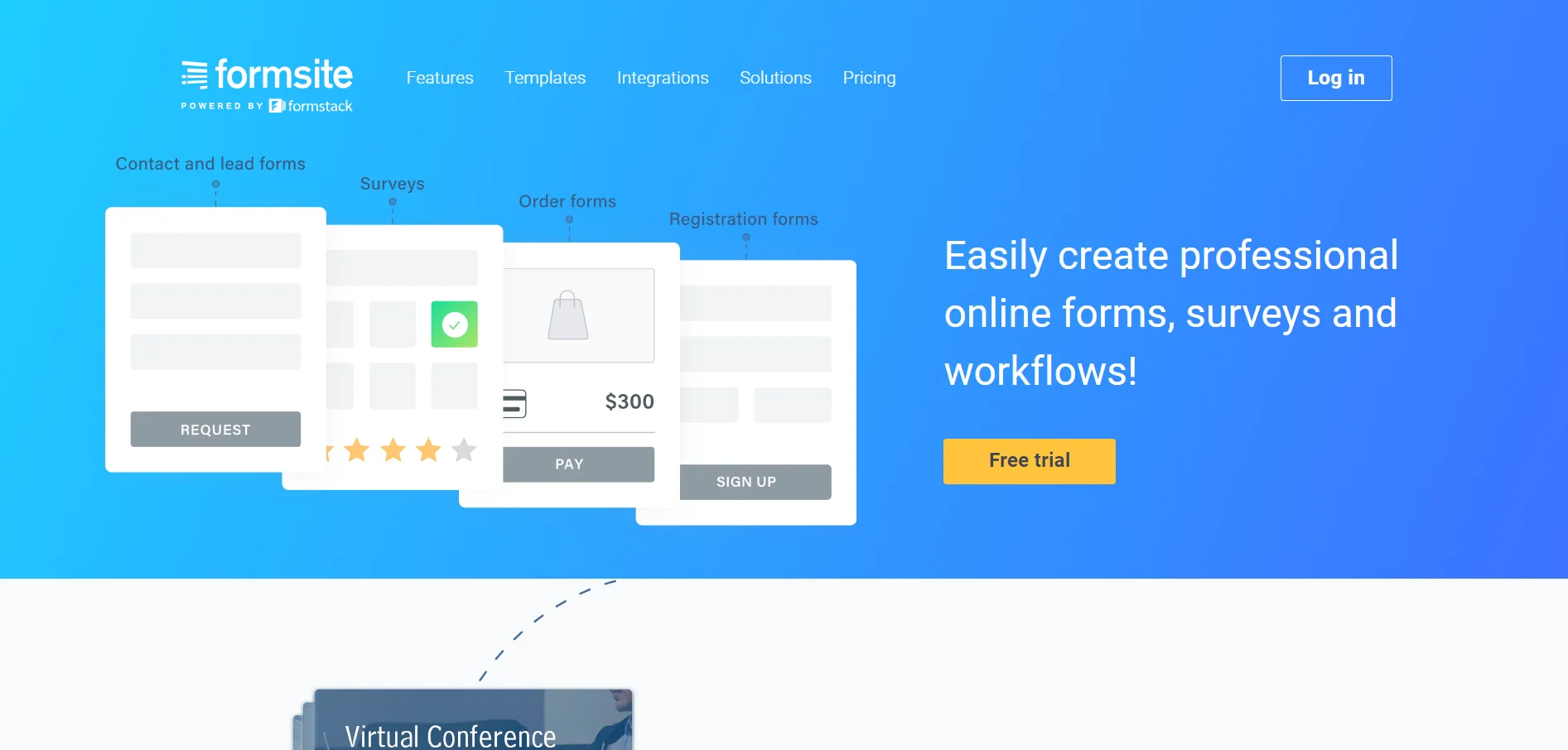
Formsite is flexible and has extensive customization options. It has more than 100 templates and a drag-and-drop builder, which allows businesses to create forms quickly.
Formsite also supports integrations with applications like Google Drive, Dropbox, and Salesforce. It had integration functions, customized branding, conditional logic and email notification.
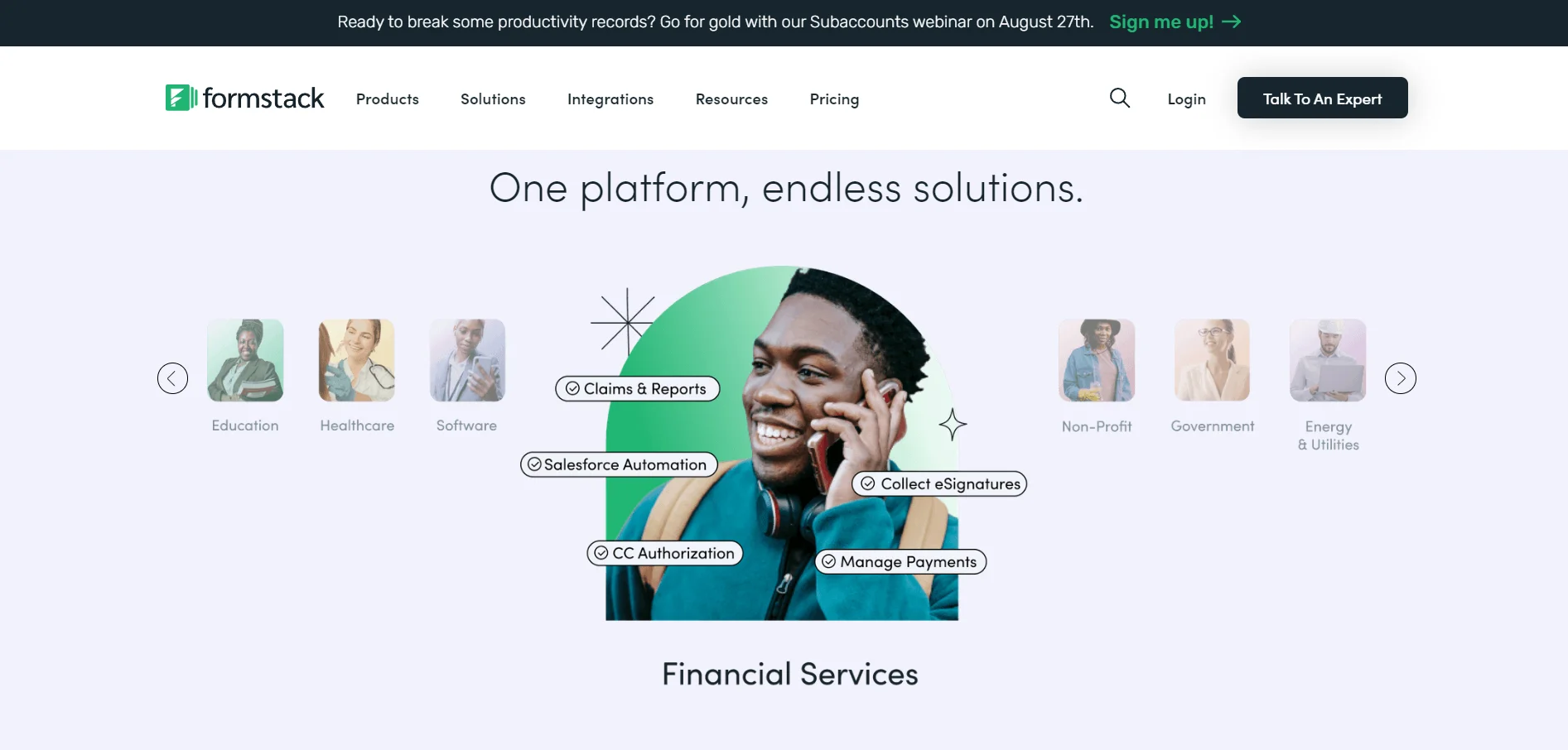
Formstack is known for its adaptability which emphasises automation. It offers a wide range of templates and customizing options that are suitable for different industries.
Formstack can integrate with more than 40 applications, including Google Sheets, Mailchimp, and PayPal. Its features include A/B testing, advanced analytics, and HIPAA compliance, making it excellent for healthcare businesses.
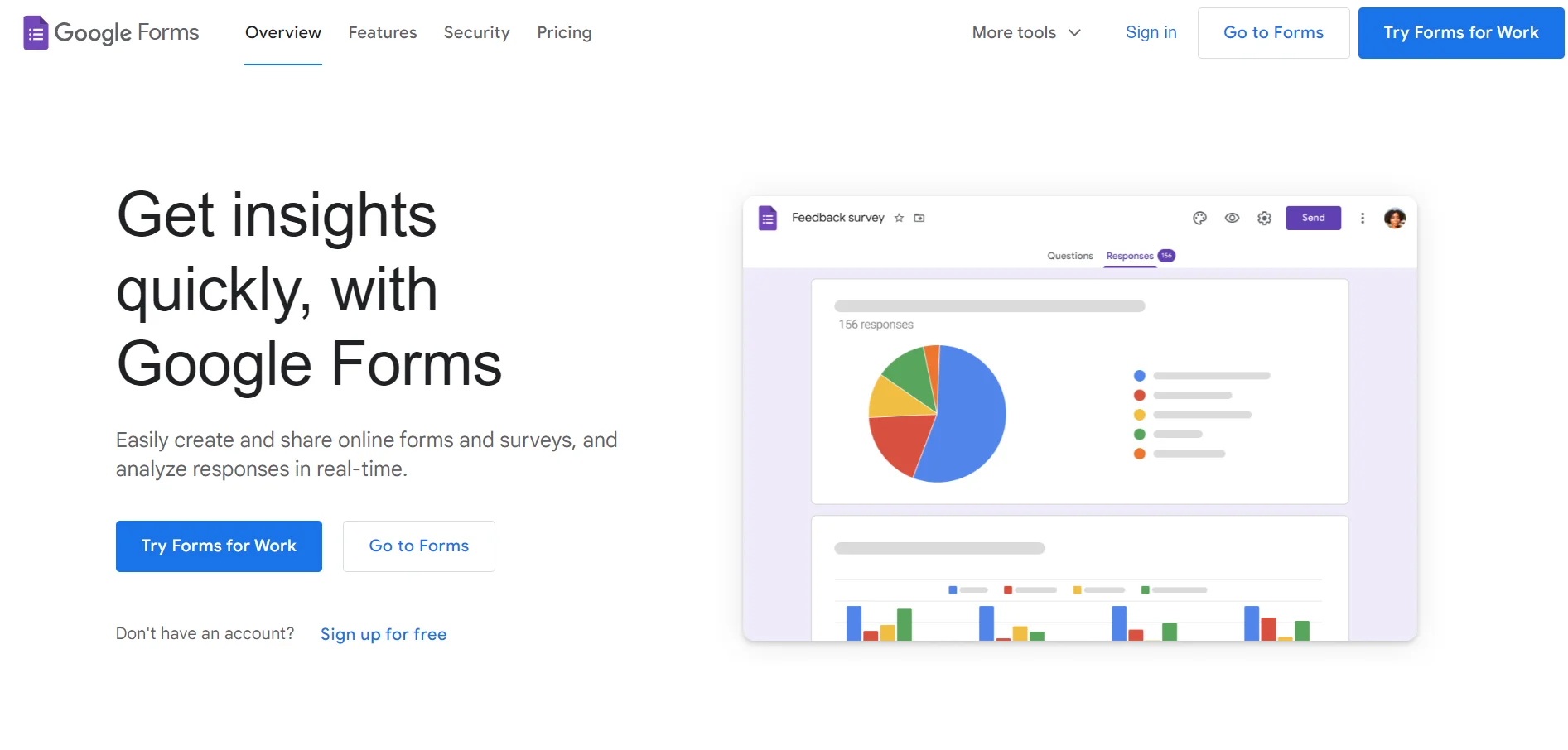
This is the most popular web form builder. Google Forms is used majorly as it’s a free and straightforward tool for surveys and questionnaires.
It can easily integrate with other Google Workspace apps, which makes it convenient for users as they are already using Google’s network. Although it may lack few advanced features, Google Forms is still the best choice for simple form creation with basic options to customize.
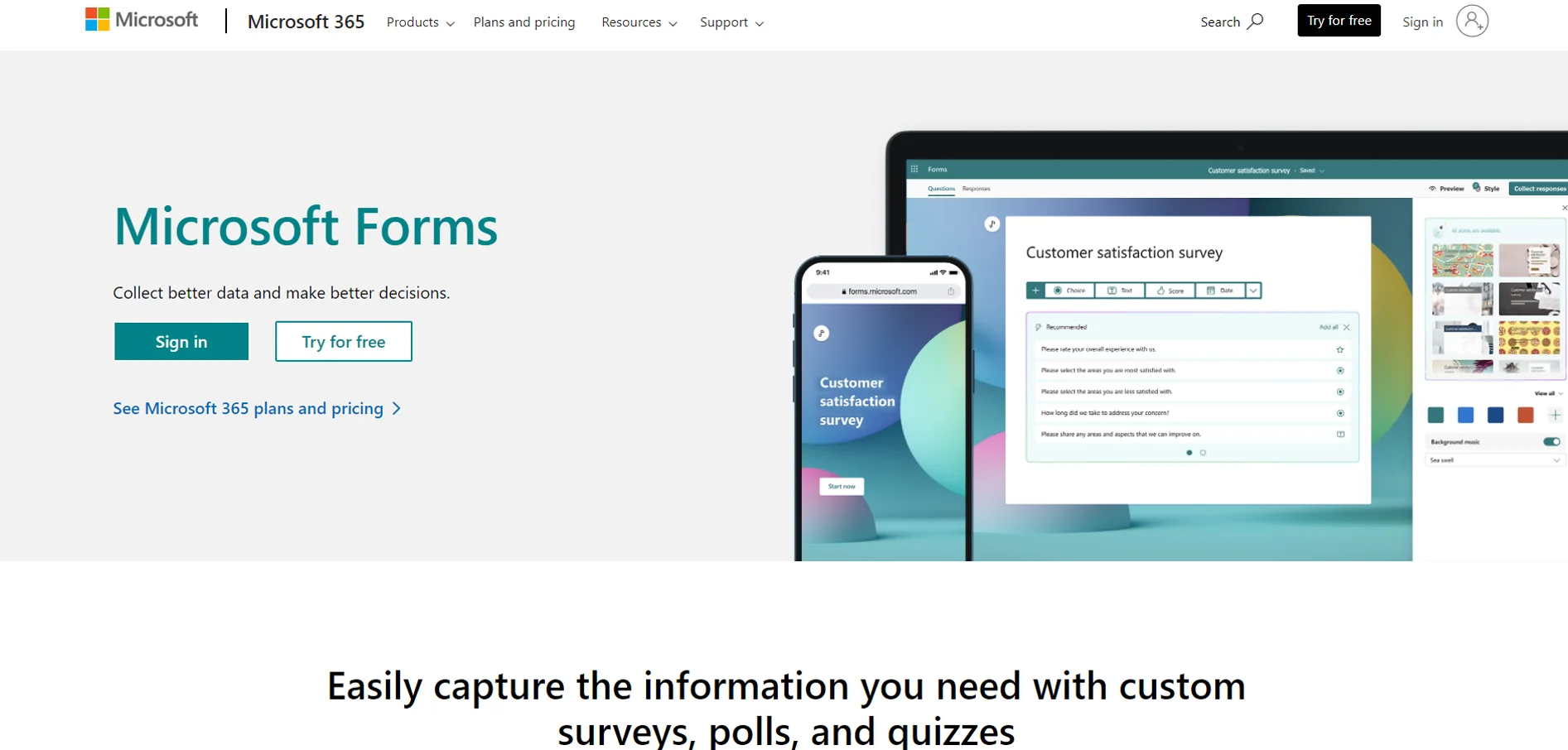
Just like Google Forms, Microsoft Forms also has similar features, but with integration into the Microsoft Office 365 suite. It gives different question types, branching logic and themes.
Microsoft Forms is great for businesses as the users already use Microsoft software. This makes the experience easier for users to collaborate with.
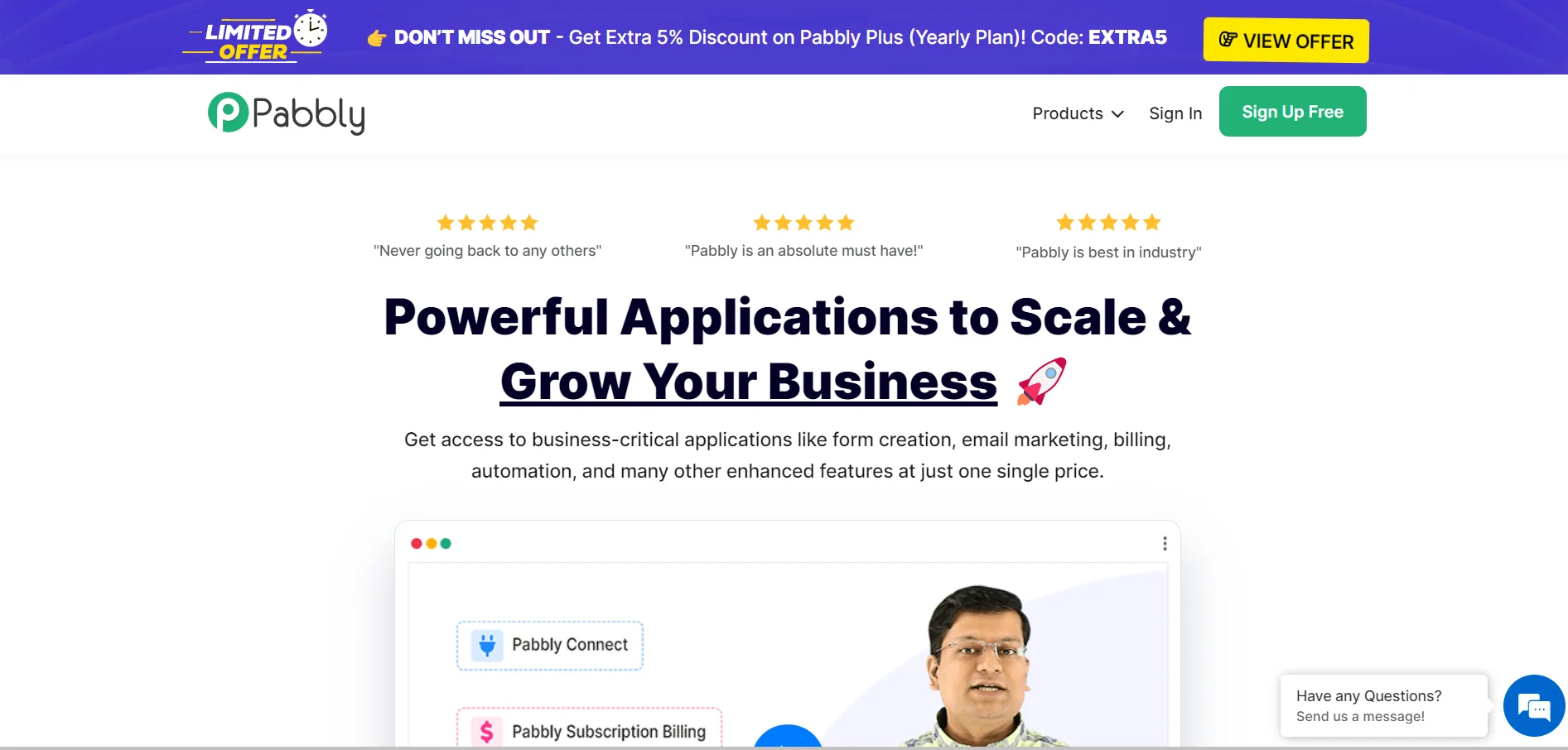
Pabbly form builders allow users to create unlimited forms with no limitations or restrictions on submissions. It offers conditional logic, a drag-and-drop interface, and integration with different third-party applications like- PayPal, Mailchimp and Google Sheets.
For businesses that are on a tight budget, Pabbly is ideal as they are very affordable.
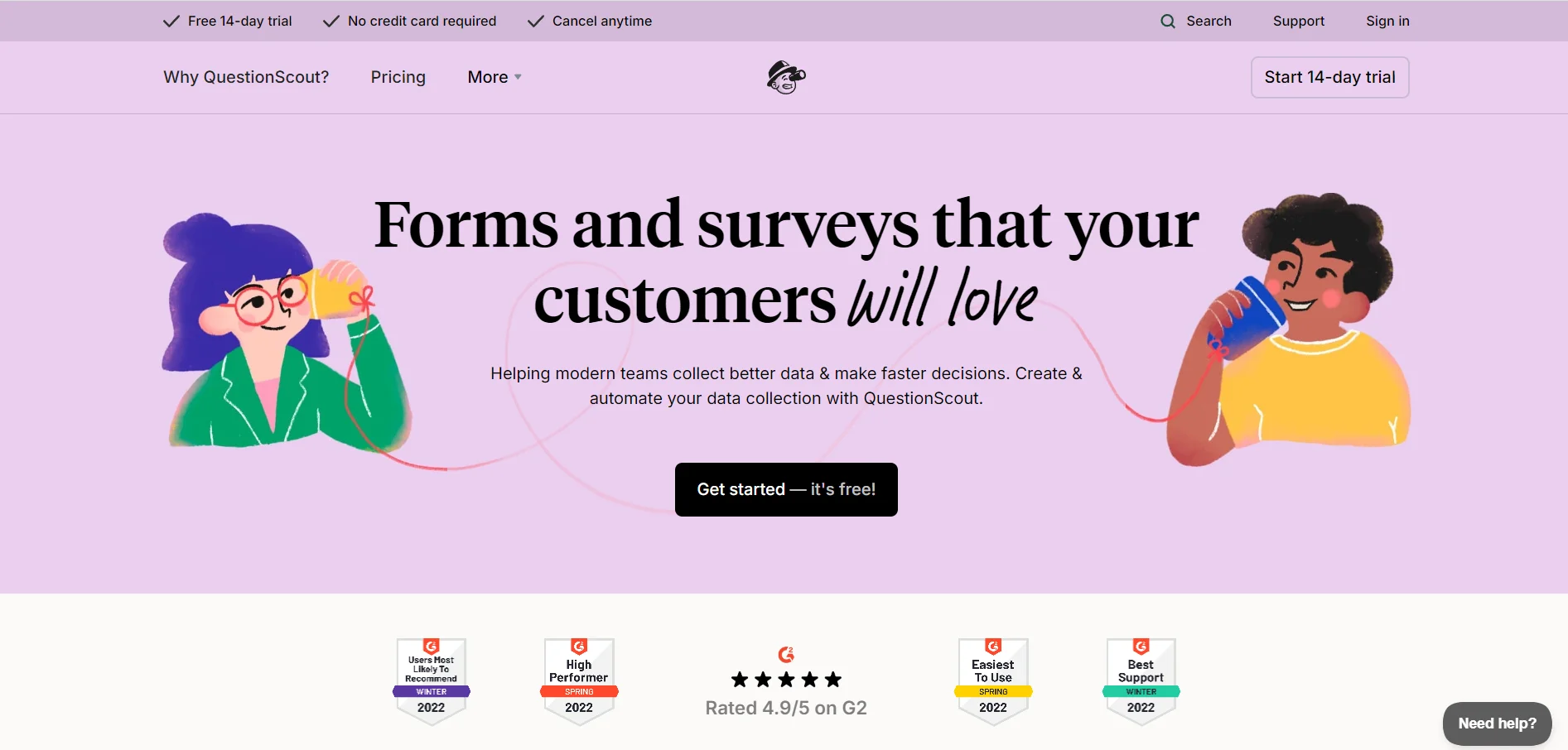
It is an adaptable form builder, as it focuses on customizations and user experience. It provides a wide range of templates and questionnaires that allow businesses to create engaging forms.
QuestionScout also provides advanced features like condition custom CSS, conditional logic and integration with known applications like Zapier and Slack.
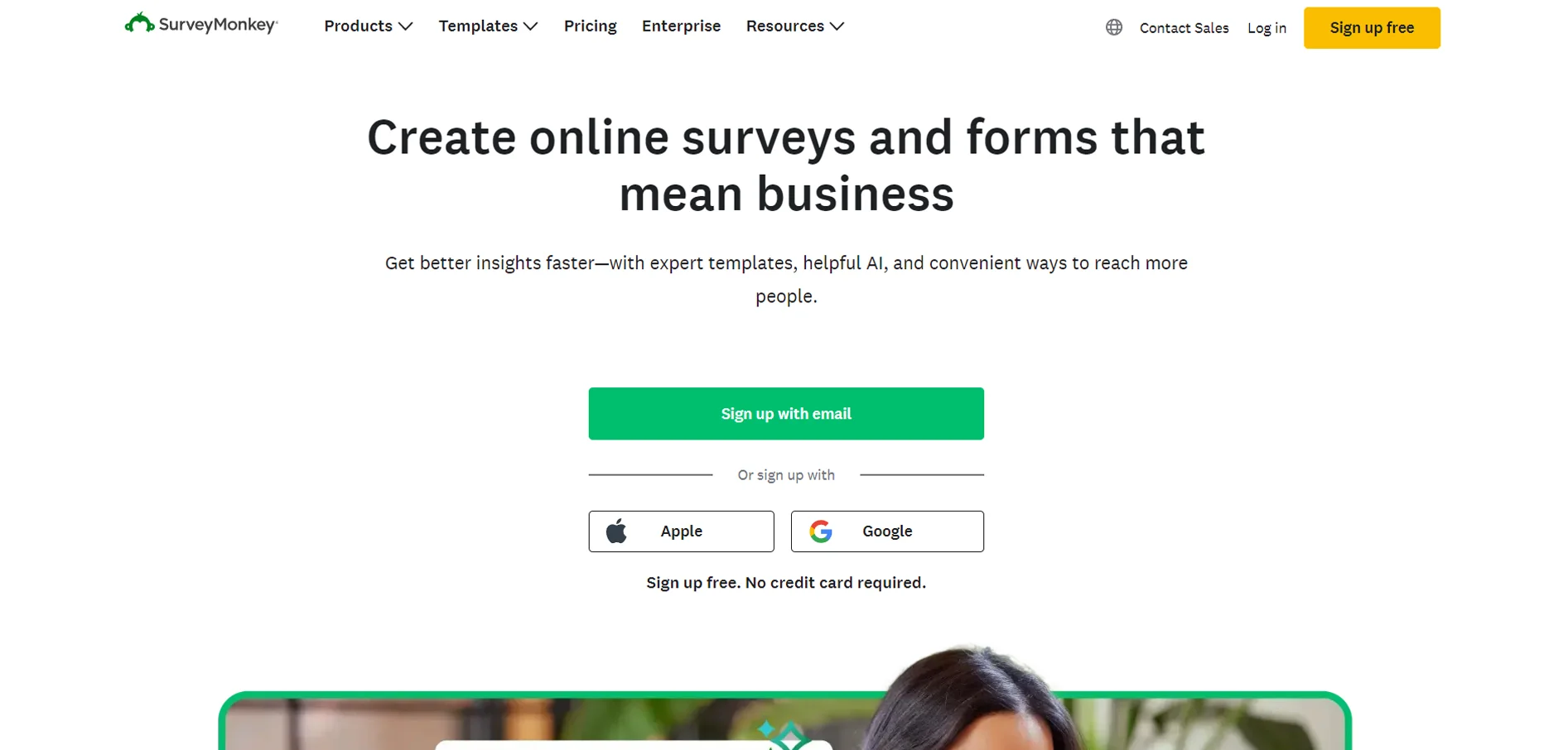
SurveyMonkey provides a wide range of templates and question types which makes it suitable for various industries.
Its advanced features include custom branding, logic branching and integration with applications like HubSpot, Salesforce and Mailchimp.
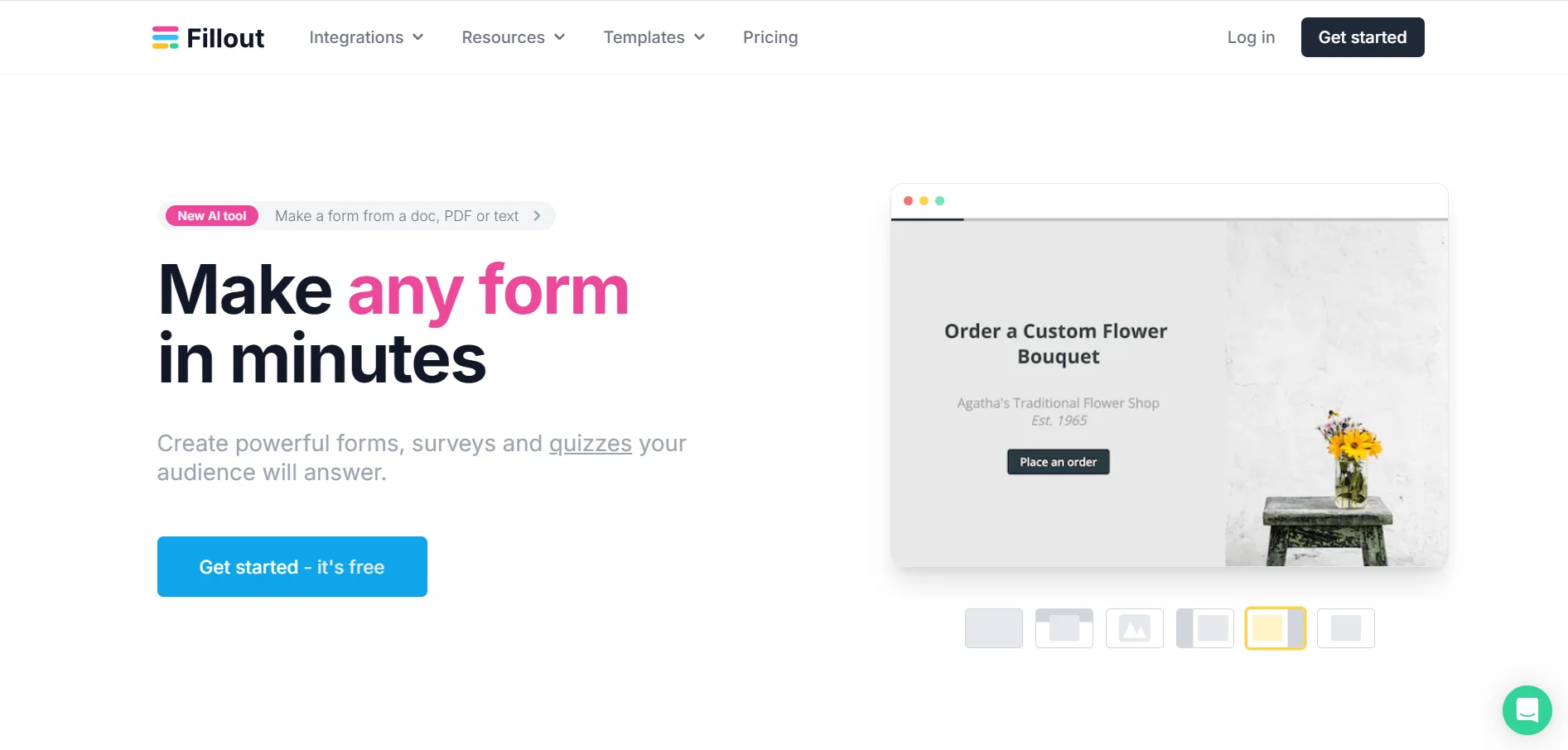
Fillout is a simple yet powerful form builder that focuses on ease of use. It offers a drag-and-drop interface and a range of customization options.
Fillout supports integrations with popular applications like Google Sheets, Slack, and Zapier. Its key features include conditional logic, email notifications, and data export options.
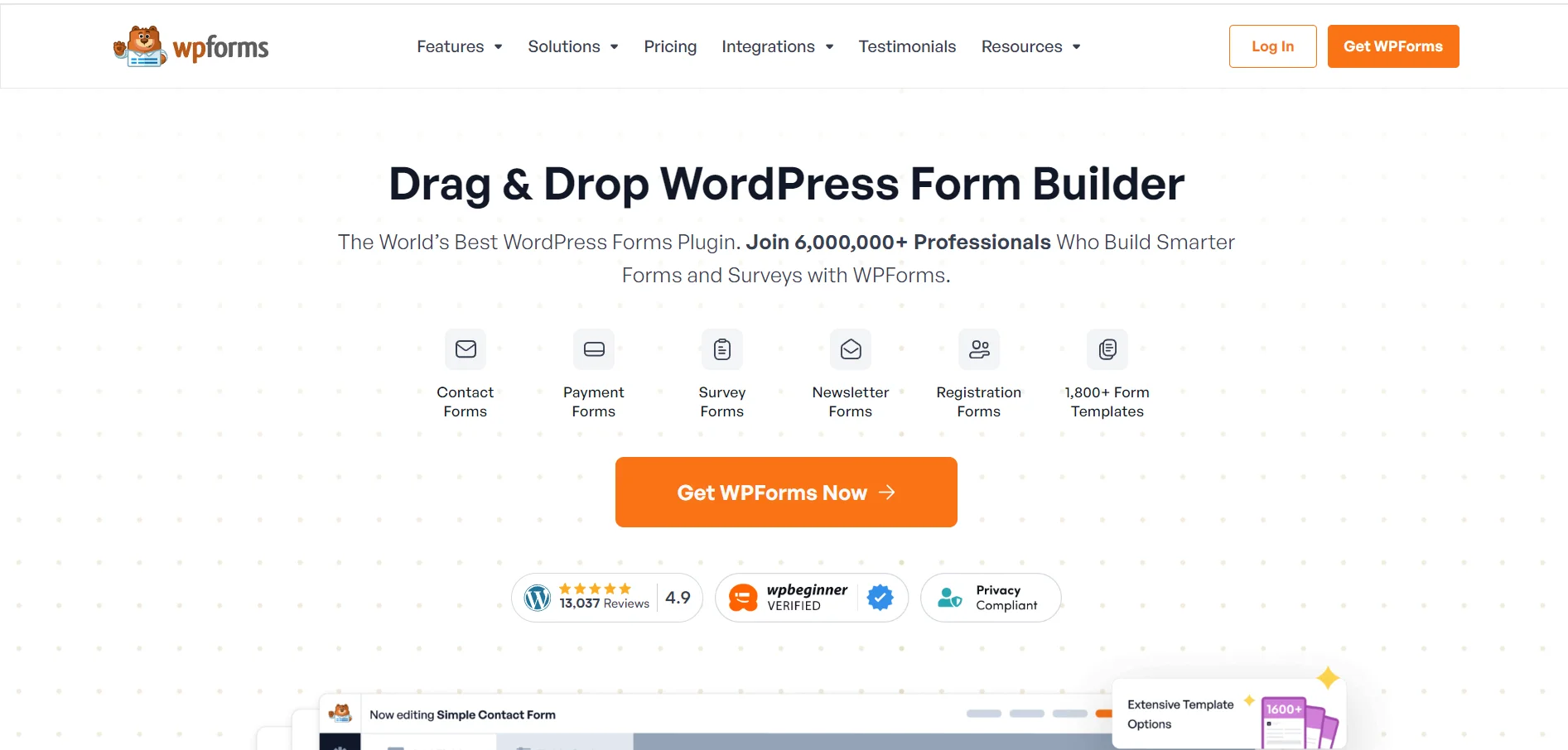
This is a known form builder plugin for WordPress. It provides a user-friendly drag-and-drop interface and a wide range of templates. WPForms supports advanced features like payment integration, conditional logic and multi-page form.
It integrates effortlessly with email marketing services like Mailchimp and AWeber. WPForms is an excellent choice for businesses looking to create forms directly within their WordPress site.
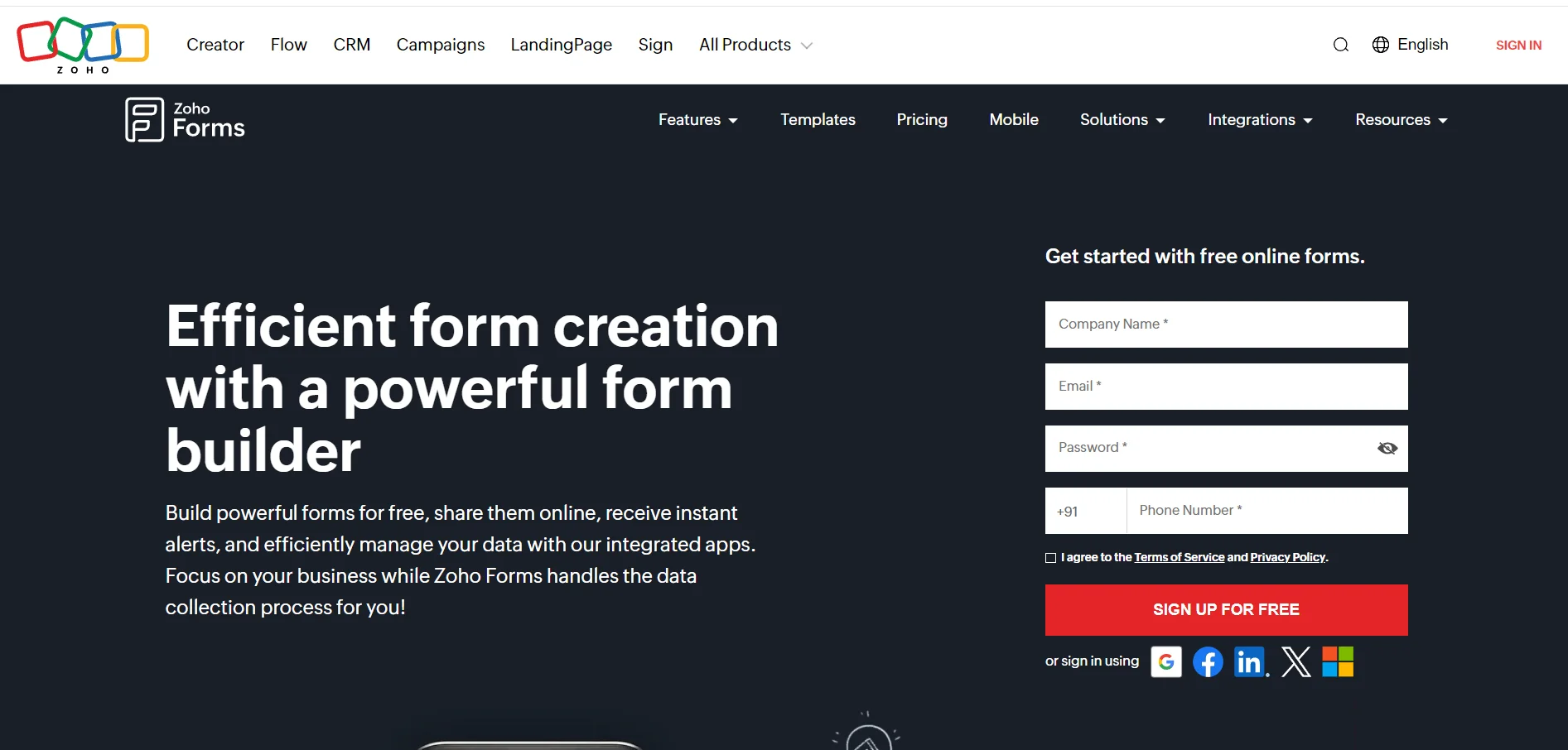
Zoho Forms is part of the Zoho Suite, offering extensive features and integrations. It provides a simple drop builder, various templates, and advanced customization options.
Zoho Forms supports conditional logic, workflows, and integrations with Zoho CRM, Google Sheets, and Mailchimp. Its analytics tools provide insights into form submissions and user behavior.
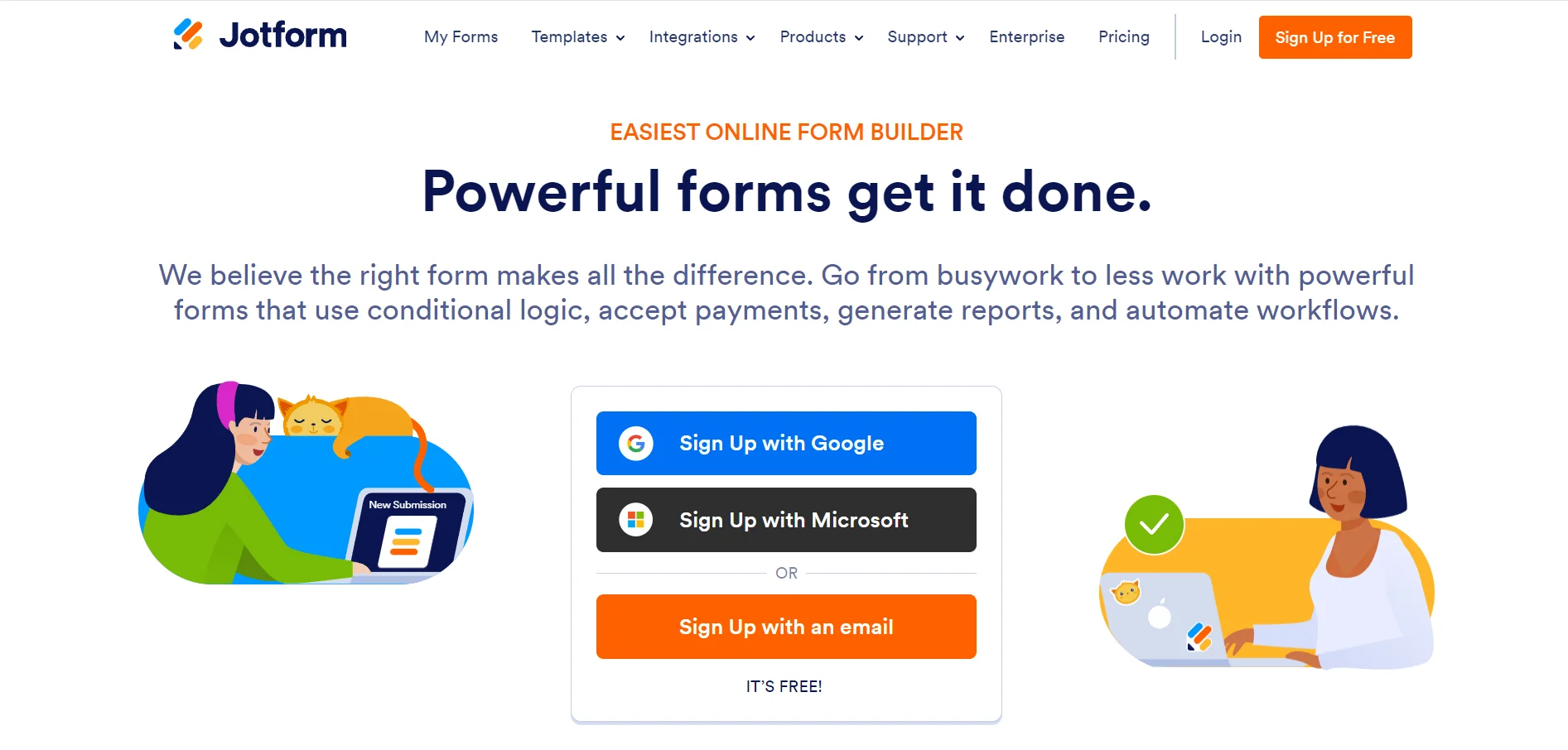
JotForm is an easy form builder known for its extensive template library and customization options. It offers a drag-and-drop builder, conditional logic, and payment integration.
JotForm supports integrations with more than 100 applications, including Google Drive, Dropbox, and PayPal. Its advanced features include custom branding, HIPAA compliance, and form analytics.
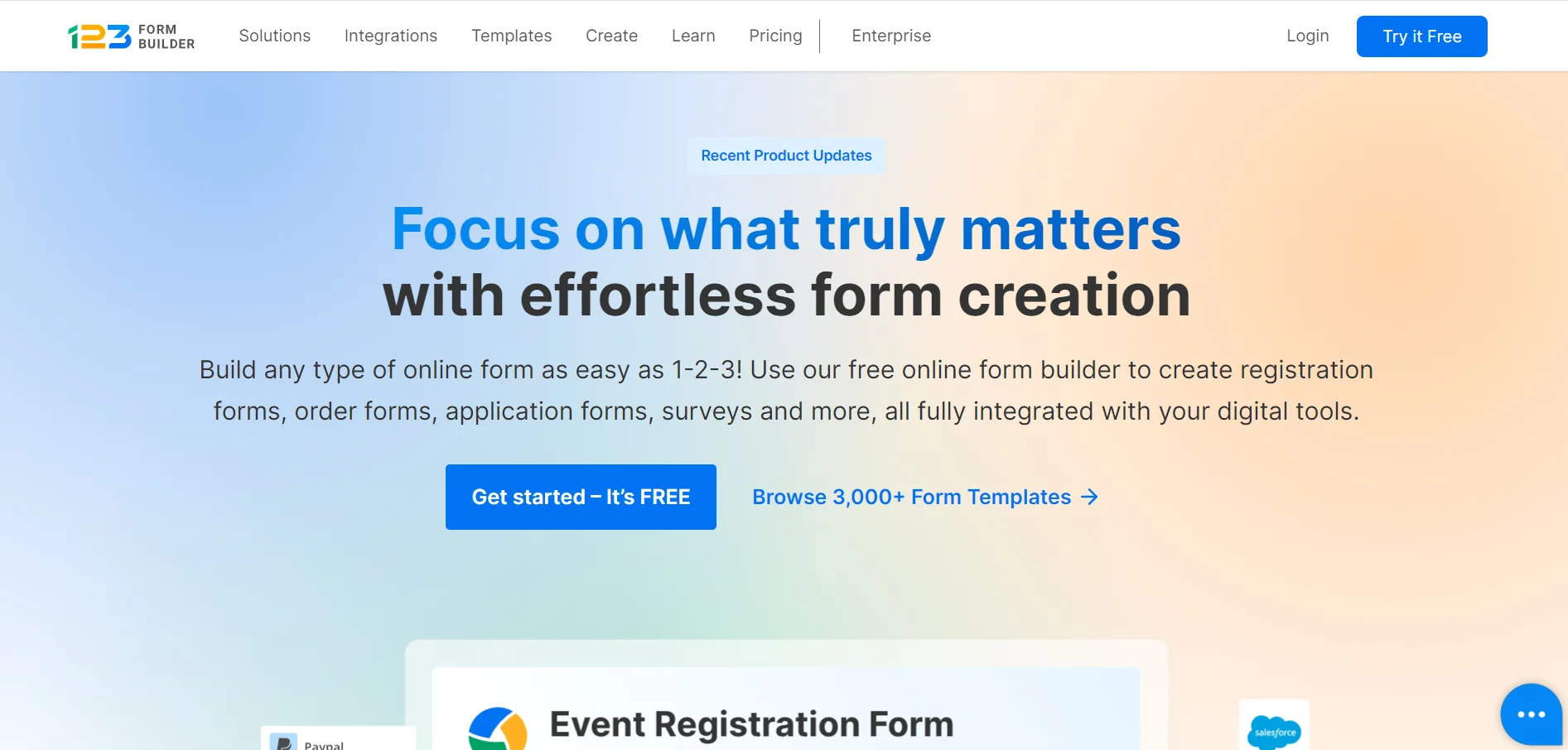
123FormBuilder is a straightforward form builder that offers various templates and customization options. It supports drag-and-drop functionality, conditional logic, and integrations with applications like Google Sheets, Mailchimp, and Salesforce.
Its key features include multi-language support, custom branding, and advanced reporting tools.
Conclusion
Choosing the right web form builder is important for streamlining your business operations and improving data collection processes. Each of the tools listed above offers various features and benefits, catering to many business needs.
Whether you need a simple form builder like Google Forms or a more advanced solution like Formstack, there’s a tool out there to meet your requirements. Explore these options to find the perfect fit for your business.
At Eiosys, we specialize in website development services and website maintenance services to ensure your online presence is both powerful and seamless. Our expert team is dedicated to crafting responsive, user-friendly websites that cater to your unique business needs.
Frequently Asked Questions
Native apps are created using programming languages tailored to the operating system; for instance, Swift for iOS or Java/Kotlin for Android. They rely on features of particular operating systems and offer a high level of adaptability, but they need to be coded separately for each OS.
Hybrid applications are developed by using a single code base supported by web technologies such as HTML, CSS, and Javascript, which can be spontaneously implemented on two different operating systems, both iOS and Android. The main advantage is that they are easier and quicker to build than native apps but may not yield the same performance and use of native features in the app.
For Android app development, the best languages include C/C++, React Native), Flutter, and Python.
References
https://aws.amazon.com/what-is/flutter
https://www.netguru.com/glossary/react-native
https://www.geeksforgeeks.org/swift-programming-language/
https://www.pluralsight.com/resources/blog/cloud/what-is-the-ruby-programming-language
https://stackoverflow.blog/2020/01/20/what-is-rust-and-why-is-it-so-popular/
https://www.codecademy.com/resources/blog/what-is-lua-programming-language-used-for/
https://www.techtarget.com/searchitoperations/definition/Go-programming-language
https://www.geeksforgeeks.org/node-js-introduction/
https://kochiva.com/blog/python-programming-language/
https://www.w3schools.com/cs/cs_intro.php
https://buildfire.com/programming-languages-for-mobile-app-development/

